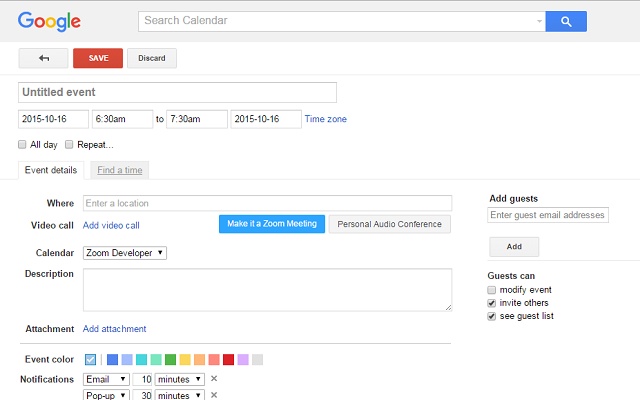Working in venture capital means all kinds of founders pitch me their solution on a daily basis.
It’s funny because I don’t have a business card. I stay home as often as possible. I don’t even make the investment decisions. But I exist near the waterfall, and founders want to get rained on.
Perhaps the worst kind of pitch, though, is when the product requires a change in user behavior.
It goes something like this:
“Everyone is doing ____, and it’s stupid/inefficient/expensive/bad/unhealthy.”
Yeah?
“Yeah. And we’re going to change that.”
There is a fine line between providing a better way to do something, and a new way. Uber? Better way to hail a taxi. Airbnb? Better way to find a place to stay. Dropbox? Better way to store files.
Uber doesn’t ask you to ride on a motorcycle. Airbnb doesn’t tell you to sleep in a tent (although at this point there are certainly tents on the platform). And Dropbox isn’t a network of well-trained carrier pigeons. They’re all just superior forms of the things you already do.
My buddy David used to tell the story of a large college campus, where the best strategy is to let the students’ natural trails serve as the blueprint for paved sidewalks. Let the student shape the path.
The same principles can be adopted in software. What do your users already do, why do they do it that way? How can you inject your solution into their existing workflow, instead of creating a new one?
Zoom, a popular meeting tool, knows that when you want to create a conference call you’re likely in the middle of sending a calendar invite. So instead of requiring users to log into their website to generate a link, they provide a Chrome extension that overlays Zoom in your Google Calendar.

With this simple, 1-day-of-code tool, Zoom users are empowered to use a Google Hangout alternative, while in the midst of creating a Google Calendar invite, every time they need a conference call component to their meetings.
Zoom is Smart. Be like Zoom.